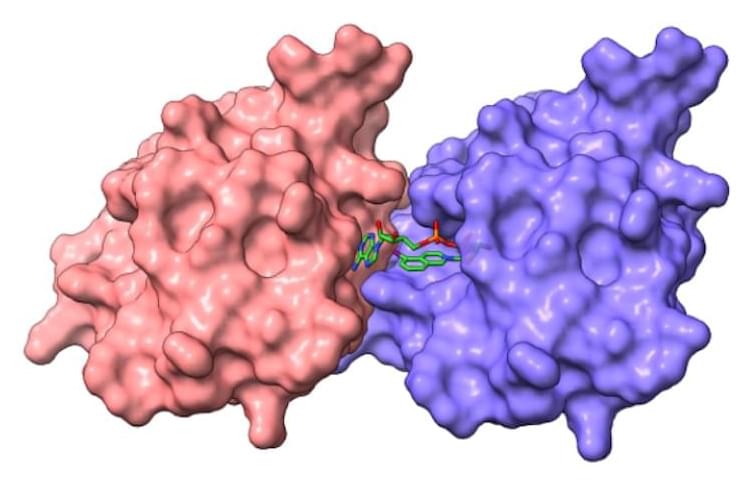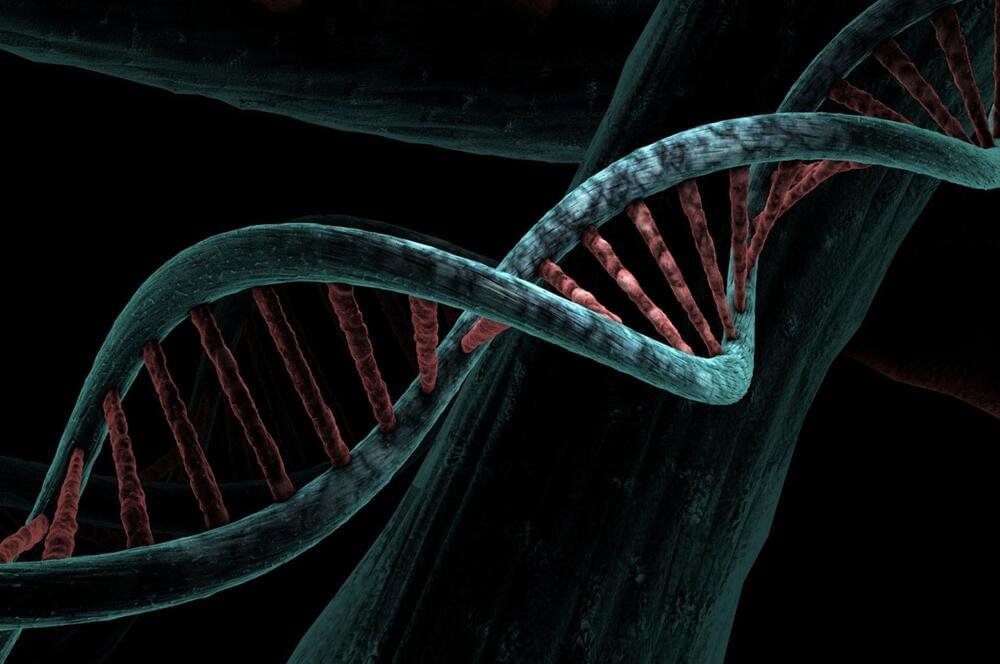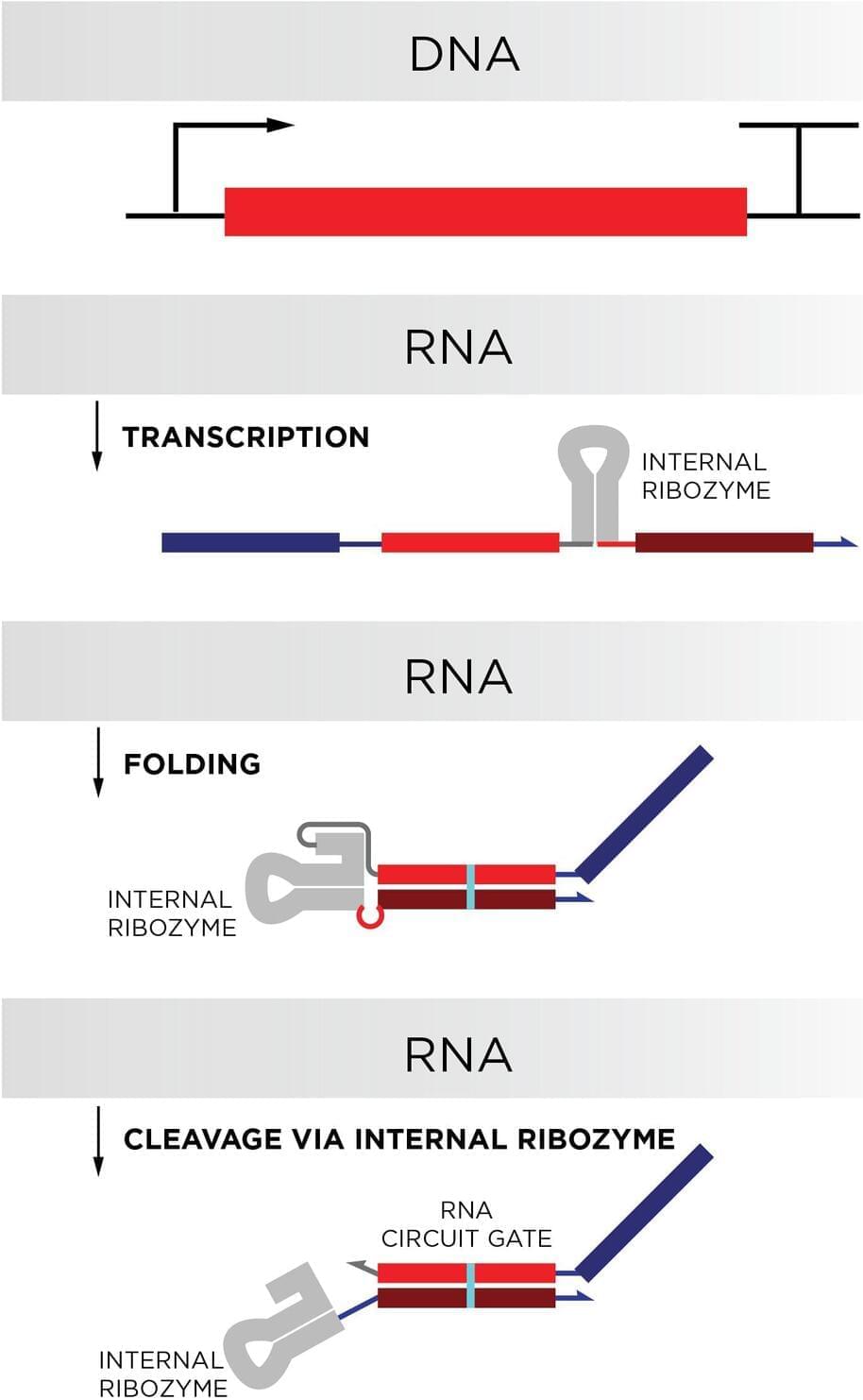DARPA, the innovation arm of the U.S. military, wants artificial intelligence to make battlefield medical decisions, raising red flags from some experts and ethicists.



𝐍𝐞𝐰 𝐀𝐭𝐥𝐚𝐬:
The Neuro-Network.
𝐄𝐧𝐳𝐲𝐦𝐞 𝐛𝐥𝐨𝐜𝐤𝐞𝐫 𝐜𝐨𝐮𝐥𝐝 𝐨𝐩𝐞𝐧 𝐧𝐞𝐰 𝐭𝐫𝐞𝐚𝐭𝐦𝐞𝐧𝐭𝐬 𝐟𝐨𝐫 𝐧𝐞𝐮𝐫𝐨𝐝𝐞𝐠𝐞𝐧𝐞𝐫𝐚𝐭𝐢𝐯𝐞 𝐝𝐢𝐬𝐞𝐚𝐬𝐞𝐬
𝙍𝙚𝙨𝙚𝙖𝙧𝙘𝙝𝙚𝙧𝙨 𝙝𝙖𝙫𝙚 𝙪𝙣𝙘𝙤𝙫𝙚𝙧𝙚𝙙 𝙝𝙤𝙬 𝙖 𝙘𝙚𝙧𝙩𝙖𝙞𝙣 𝙢𝙤𝙡𝙚𝙘𝙪𝙡𝙖𝙧 𝙥𝙖𝙩𝙝𝙬𝙖𝙮 𝙩𝙧𝙞𝙜𝙜𝙚𝙧𝙨 𝙩𝙝𝙚 𝙗𝙧𝙚𝙖𝙠𝙙𝙤𝙬𝙣 𝙤𝙛 𝙣𝙚𝙧… See more.
Researchers have uncovered how a certain molecular pathway triggers the breakdown of nerve fibers in neurodegenerative diseases – and more importantly, how to potentially switch it off. The find could lead to a new class of drugs that slows the progression of these debilitating disorders.
The focus of the study was an enzyme called SARM1, which is expressed in neurons and plays a role as an immune regulator. However, it also functions as a sensor of metabolic stress, and at a certain point it sparks a cascade of processes that eventually begins to break down axons, leading to some of the issues associated with Parkinson’s disease, ALS, neuropathy, and other neurodegenerative diseases.

Circa 2017 😀
As the most common subtype of Leber congenital amaurosis (LCA), LCA10 is a severe retinal dystrophy caused by mutations in the CEP290 gene. The most frequent mutation found in patients with LCA10 is a deep intronic mutation in CEP290 that generates a cryptic splice donor site. The large size of the CEP290 gene prevents its use in adeno-associated virus (AAV)-mediated gene augmentation therapy. Here, we show that targeted genomic deletion using the clustered regularly interspaced short palindromic repeats (CRISPR)/Cas9 system represents a promising therapeutic approach for the treatment of patients with LCA10 bearing the CEP290 splice mutation. We generated a cellular model of LCA10 by introducing the CEP290 splice mutation into 293FT cells and we showed that guide RNA pairs coupled with SpCas9 were highly efficient at removing the intronic splice mutation and restoring the expression of wild-type CEP290. In addition, we demonstrated that a dual AAV system could effectively delete an intronic fragment of the Cep290 gene in the mouse retina. To minimize the immune response to prolonged expression of SpCas9, we developed a self-limiting CRISPR/Cas9 system that minimizes the duration of SpCas9 expression. These results support further studies to determine the therapeutic potential of CRISPR/Cas9-based strategies for the treatment of patients with LCA10.
Keywords: CEP290; CRISPR/Cas9; LCA10.
Copyright © 2017 The American Society of Gene and Cell Therapy. Published by Elsevier Inc. All rights reserved.

Introducing a novel visual tool for explaining the results of classification algorithms, with examples in R and Python.
Classification algorithms aim to identify to which groups a set of observations belong. A machine learning practitioner typically builds multiple models and selects a final classifier to be one that optimizes a set of accuracy metrics on a held-out test set. Sometimes, practitioners and stakeholders want more from the classification model than just predictions. They may wish to know the reasons behind a classifier’s decisions, especially when it is built for high-stakes applications. For instance, consider a medical setting, where a classifier determines a patient to be at high risk for developing an illness. If medical experts can learn the contributing factors to this prediction, they could use this information to help determine suitable treatments.
Some models, such as single decision trees, are transparent, meaning that they show the mechanism for how they make decisions. More complex models, however, tend to be the opposite — they are often referred to as “black boxes”, as they provide no explanation for how they arrive at their decisions. Unfortunately, opting for transparent models over black boxes does not always solve the explainability problem. The relationship between a set of observations and its labels is often too complex for a simple model to suffice; transparency can come at the cost of accuracy [1].
The increasing use of black-box models in high-stakes applications, combined with the need for explanations, has lead to the development of Explainable AI (XAI), a set of methods that help humans understand the outputs of machine learning models. Explainability is a crucial part of the responsible development and use of AI.

This conference will take place at EMBL Heidelberg, with a live streaming option for virtual participants free of charge. Proof of COVID-19 vaccination or recovery is required for on-site attendance. Please see EMBL’s COVID-19 terms and conditions.
Workshop registration is available only to EIROforum members. Please note the workshop is an on-site-only event and contact Iva Gavran for more information or use this link for registration.
Hunter Biden DID help secure millions in funding for US contractor in Ukraine specializing in deadly pathogen research, laptop emails reveal, raising more questions about the disgraced son of then vice president. This Biolabs Biden Jr.’s scandal is what the U.S. media try to hush up… but not for long.
Email emails and correspondence obtained by DailyMail.com from Hunter’s abandoned laptop show he helped secure millions for Metabiota.

University of Notre Dame researchers have discovered another way tumor cells transfer genetic material to other cells in their microenvironment, causing cancer to spread.
In their latest study, published in Cell Reports, Crislyn D’Souza-Schorey, the Morris Pollard Professor in the Department of Biological Sciences, and collaborators discovered that DNA “cargo” is transported in small informational sacs called extracellular microvesicles. Their study is a continuation of work her lab has undertaken to further understand the sharing of information between cells.
“We’ve shown that DNA present in these microvesicles is related to metastasis, so now we have a great platform to assess for genetic aberrations,” said D’Souza-Schorey, who is also affiliated with the Berthiaume Institute for Precision Health, the Boler-Parseghian Center for Rare and Neglected Diseases and the Harper Cancer Research Institute.
Join us on Patreon!
https://www.patreon.com/MichaelLustgartenPhD
Levine’s Biological age calculator is embedded as an Excel file in this link from my website:
Papers referenced in the video:
Inter-and intra-individual variability in daily resting heart rate and its associations with age, sex, sleep, BMI, and time of year: Retrospective, longitudinal cohort study of 92,457 adults.
https://pubmed.ncbi.nlm.nih.gov/32023264/
Heart rate variability with photoplethysmography in 8 million individuals: a cross-sectional study.
https://pubmed.ncbi.nlm.nih.gov/33328029/


Tiny biological computers made of DNA could revolutionize the way we diagnose and treat a slew of diseases, once the technology is fully fleshed out. However, a major stumbling block for these DNA-based devices, which can operate in both cells and liquid solutions, has been how short-lived they are. Just one use and the computers are spent.
Now, researchers at the National Institute of Standards and Technology (NIST) may have developed long-lived biological computers that could potentially persist inside cells. In a paper published in the journal Science Advances, the authors forgo the traditional DNA-based approach, opting instead to use the nucleic acid RNA to build computers. The results demonstrate that the RNA circuits are as dependable and versatile as their DNA-based counterparts. What’s more, living cells may be able to create these RNA circuits continuously, something that is not readily possible with DNA circuits, further positioning RNA as a promising candidate for powerful, long-lasting biological computers.
Much like the computer or smart device you are likely reading this on, biological computers can be programmed to carry out different kinds of tasks.